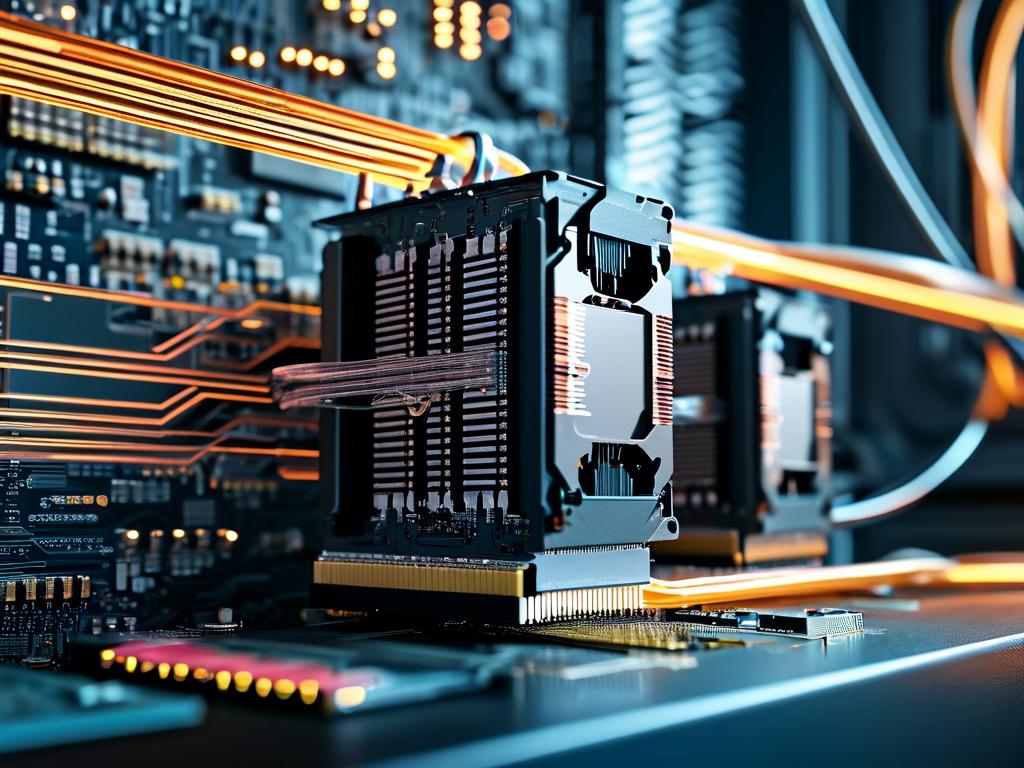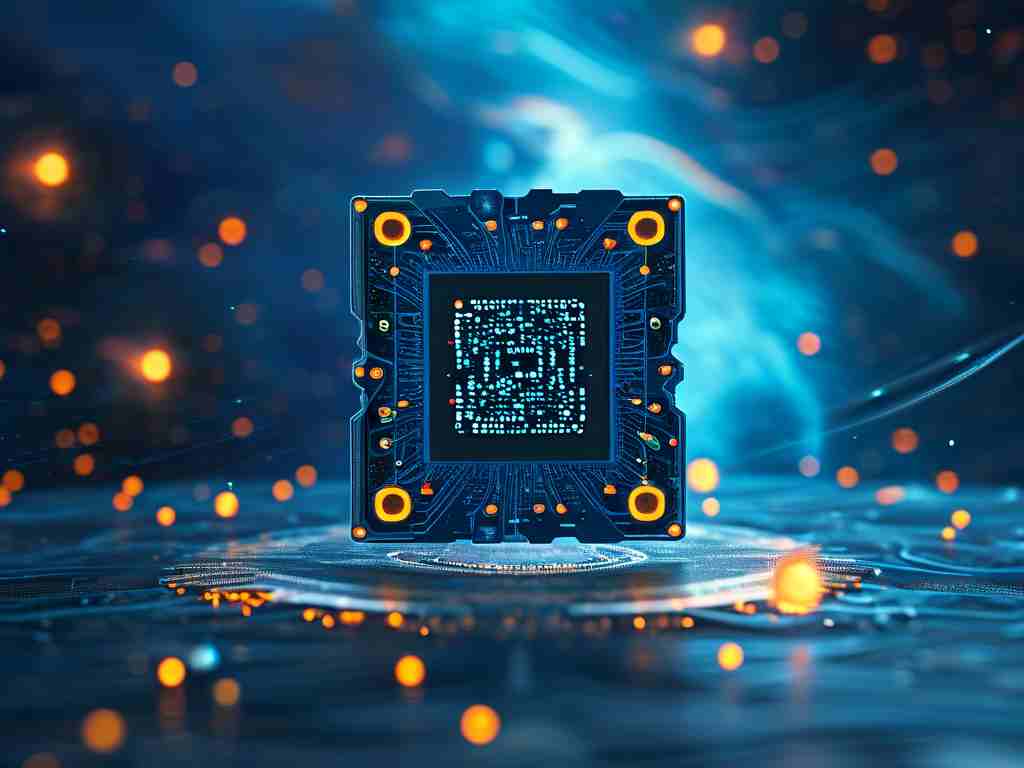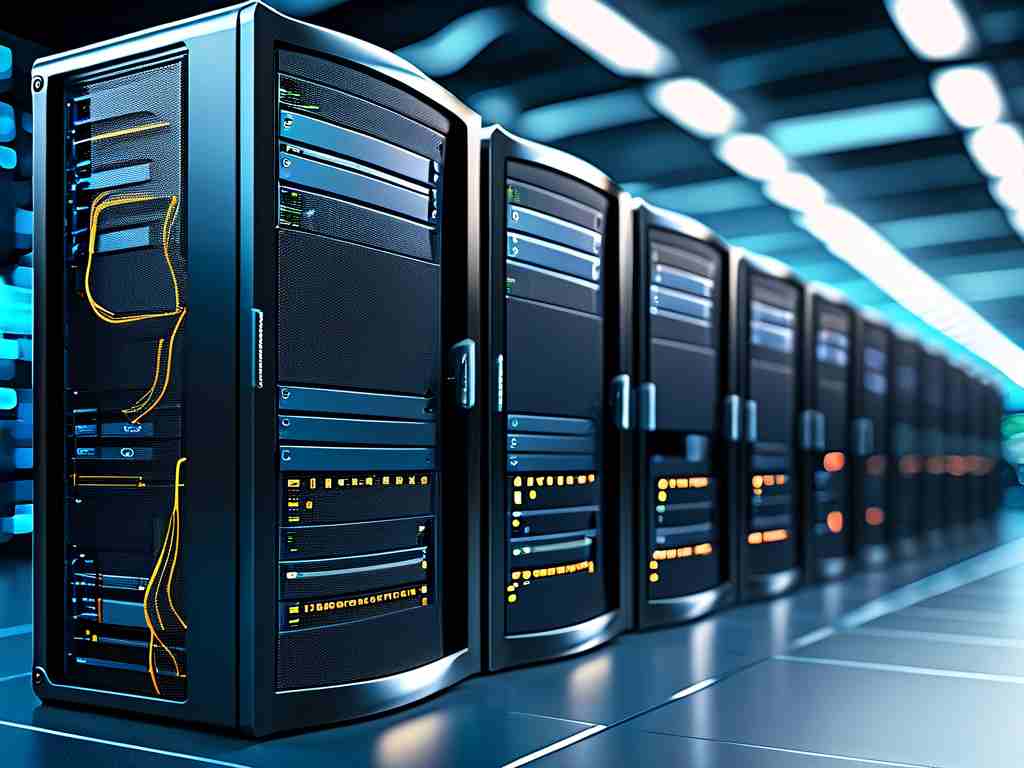In today's fast-paced digital landscape, businesses and individuals constantly seek ways to accelerate data processing and enhance decision-making. One transformative innovation that has gained significant traction is in-memory computing technology. But what exactly is it, and why does it matter? At its core, in-memory computing refers to a method where data is stored and processed directly in the random-access memory (RAM) of computer systems, rather than relying on slower disk-based storage. This approach fundamentally shifts how information is handled, enabling near-instantaneous access and computation, which is crucial for applications demanding real-time responsiveness.

To understand in-memory computing better, consider how traditional computing operates. Historically, data resided on hard drives or solid-state drives, requiring time-consuming read/write operations that created bottlenecks. For instance, when retrieving a large dataset for analysis, the system might take seconds or minutes just to fetch it from storage. In contrast, in-memory computing eliminates these delays by keeping all relevant data in RAM, which is exponentially faster. RAM allows for direct byte-level access, reducing latency to microseconds. This isn't just a minor tweak; it's a paradigm shift driven by the exponential growth of big data and the need for immediate insights. Think of it as upgrading from a snail-paced library search to having every book open on your desk for instant reference.
The advantages of in-memory computing are manifold and game-changing. Speed is the most obvious benefit, with processing times slashed by orders of magnitude. For example, complex analytical queries that once took hours can now complete in seconds, empowering organizations to make faster, data-driven decisions. This speed translates to enhanced performance in real-time scenarios, such as fraud detection in banking or personalized recommendations in e-commerce. Additionally, in-memory systems offer superior scalability and efficiency. They handle massive volumes of concurrent users without degradation, thanks to distributed architectures that spread data across multiple servers. Energy efficiency also improves, as RAM consumes less power compared to spinning disks. However, it's not without challenges. The primary hurdle is cost; RAM is more expensive per gigabyte than disk storage, making initial investments steep. Memory volatility is another concern—data can be lost if power fails, though modern solutions incorporate backups and persistence mechanisms.
Applications of in-memory computing span diverse industries, revolutionizing how we interact with technology. In finance, it powers high-frequency trading platforms, where milliseconds matter for executing trades based on market fluctuations. Retail giants use it for real-time inventory management and customer analytics, ensuring seamless online experiences. The healthcare sector benefits through rapid patient data analysis, enabling quicker diagnoses and treatment plans. Moreover, in the realm of the Internet of Things (IoT), in-memory computing processes streams of sensor data instantly, supporting smart cities and autonomous vehicles. For instance, a traffic management system can analyze live feeds to optimize routes and reduce congestion. Even everyday apps on smartphones leverage this tech behind the scenes for smoother performance.
Looking ahead, the future of in-memory computing is bright and intertwined with emerging trends. As artificial intelligence and machine learning advance, the demand for real-time data processing will soar. In-memory systems will evolve to integrate with edge computing, bringing computation closer to data sources for ultra-low latency. Hybrid models may emerge, blending in-memory with cloud storage to balance cost and speed. Innovations like non-volatile RAM could mitigate volatility risks, making the technology more robust. Ultimately, in-memory computing isn't just a tool; it's a catalyst for innovation, reshaping industries and empowering a smarter, faster world.
In , in-memory computing technology represents a pivotal leap in information technology, addressing the limitations of legacy systems with unprecedented speed and efficiency. While challenges like cost and data persistence exist, ongoing advancements promise wider adoption and transformative impacts. By embracing this approach, businesses can unlock new levels of agility and insight, positioning themselves at the forefront of the digital revolution.









